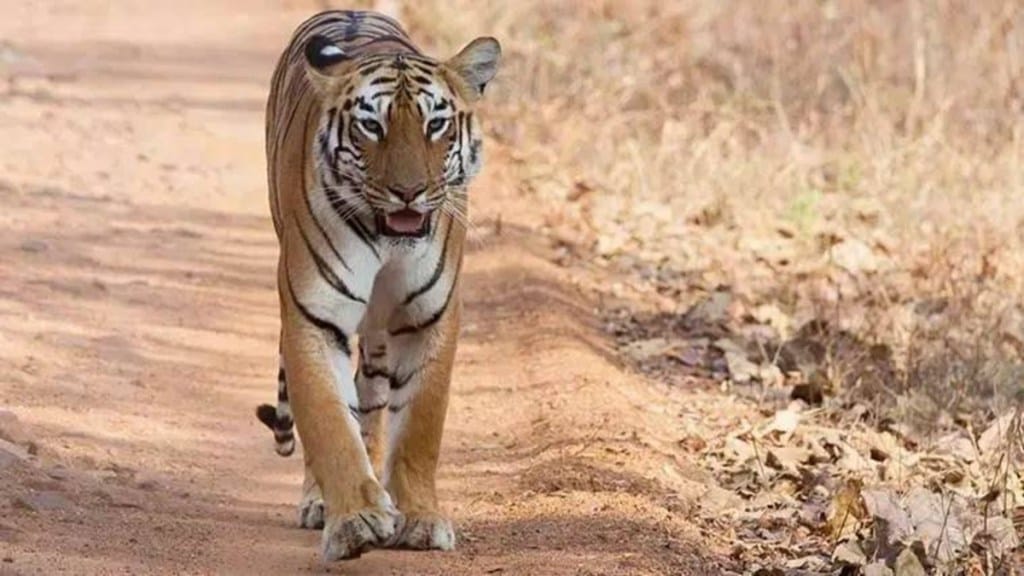The rising number of tigers in India shows the resounding success of Project Tiger, which is now in its 50th year. The country’s big-cat count has risen to 3,167 in 2022, which is more than double the low of 1,411 in 2005. When the Centre launched the conservation mission in April 1973, tiger numbers in the country had dwindled from an estimated 40,000 at the time of Independence to merely 1,800—thanks to widespread poaching and trophy hunting. Against such a backdrop, Project Tiger has proved to be a shining example of government-driven conservation. To be sure, the extermination of the animal from Rajasthan’s Sariska reserve was a body blow, but the recovery has been quick.
The government took quick steps in the face of the crisis and Project Tiger was reconstituted and the National Tiger Conservation Authority was set up. The NTCA got more teeth on checking poaching and financing rehabilitation of villages away from the protected areas. In just under two decades, the population in the reserve has gone up from zero to an estimated 24-27 tigers.
Also Read: Modi in Bandipur: PM goes on jungle safari in Karnataka to mark 50 years of “Project Tiger”
The momentum needs to be maintained. The government and other stakeholders in conservation—including communities whose lives are interwined with that of the big cats in terms of dependence on the forests—need to strike a careful balance between conservation and human needs. One of the reasons why the conservation mission reaped such rich rewards is that it targeted habitat preservation and expansion, since tigers are at the top of the food chain and the weakening of any link in this chain could wipe them out. To that end, Project Tiger, which started with nine reserves, spread over 14,000 sq km, now covers 54 reserves totalling 75,000 sq km. The animal is both solitary and territorial, which means reserves will have a critical carrying capacity. With booming human population, the animal is more likely to get pushed into conflict with humans. And this will be the case not just with tigers, but also other big cats—leopards, lions, and now, cheetahs.
Also Read: ‘Moment of pride’: PM Modi underlines coexistence between ecology and economy
As per a statement from the NTCA, at least seven reserves have reached their critical carrying capacity, while the density is low in some. There are forests elsewhere in the country, including the eastern and northeastern states, which have the potential to play habitat — over two-thirds of the identified potential tiger habitat in the country don’t have any tigers. The government and conservation experts need to study the feasibility of translocating some of the tigers from the high-density reserves and work with communities that can be impacted well in advance. States should also give priority to better training and refresher courses for all levels of field forest staff.
The imperative for India is to conserve forests and forest fauna including tigers, and do so without sacrificing economic considerations. Conservation and construction (infrastructure) don’t have to be at odds. Stakeholders must have the latitude to experiment and arrive at a balancing act. For instance, while the 37-km long highway running through the Pench tiger reserve in Madhya Pradesh has made the commute between Seoni (Madhya Pradesh) and Nagpur (Maharashtra) much easier, provisions such as minor bridges and underpasses have been made to allow animals including tigers to roam the forests without being impeded by humans. Economy and ecology must co-exist.

